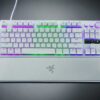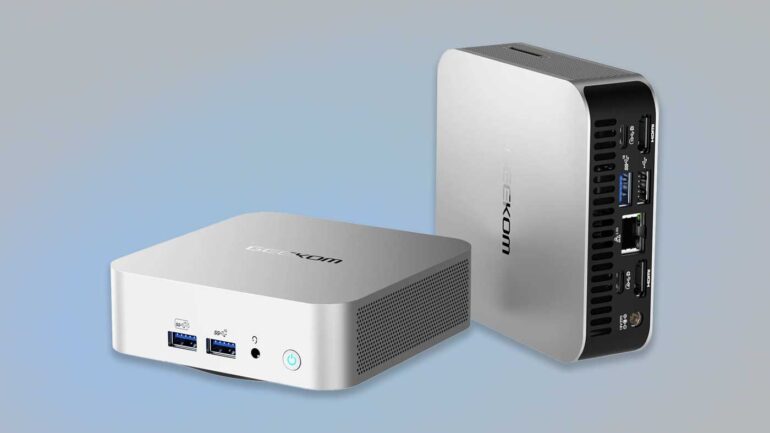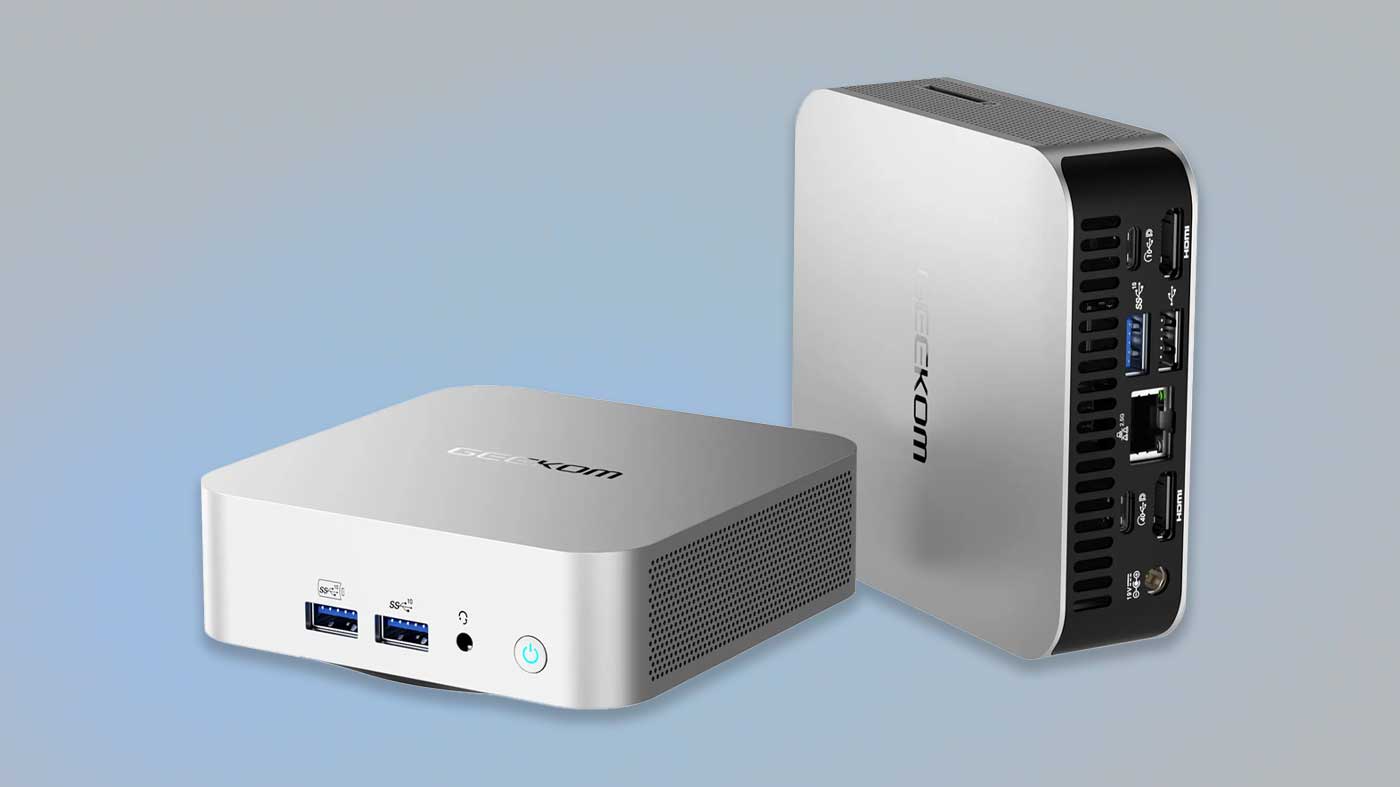After using the same desktop PC for the last five years, and one that I happened to have built myself for pennies, I’m never surprised to see it outperformed – in fact, it lags behind even low-end modern machines – but I must admit there was a sense of being humbled after I saw it absolutely obliterated by something barely bigger than the palm of my hand.
That’s been my experience after switching my daily driver to the tiny Geekom A8. A high-performance mini PC packing an AMD Ryzen 9 8945HS with Radeon 780M integrated graphics, 32GB of DDR5 memory and a 2TB SSD into something that measures just over 11x11cm and weighs less than 450g, it’s a minor marvel of engineering big things in small packages. And while it’s not cheap at an RRP of $1499, it’s shockingly capable as an entry-level gaming PC that’ll fit into just about any setup you could imagine.
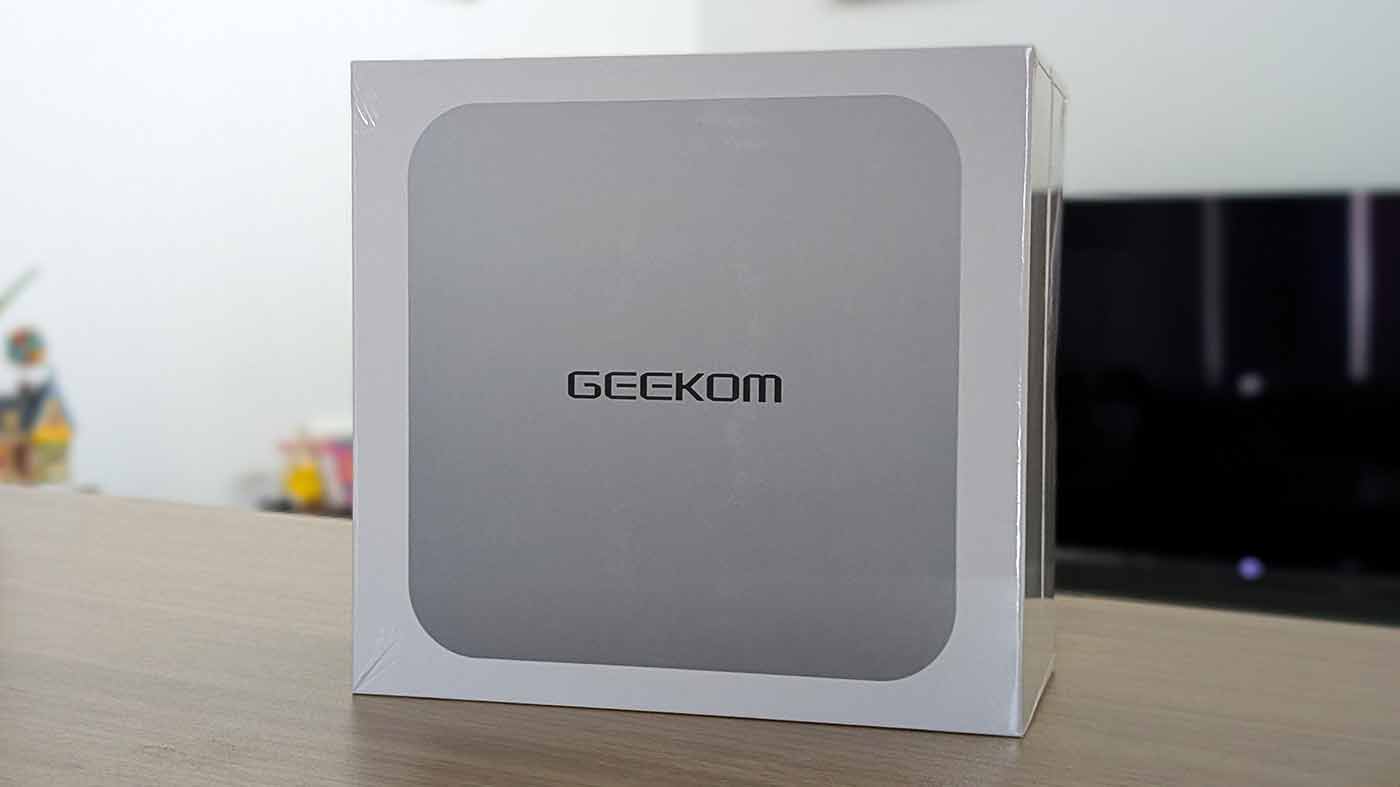
The A8 comes in a tiny box that speaks volumes to the miniscule stature of the device within, containing the PC itself, the power brick and cables, a HDMI cord and a very handy mounting bracket. I’ve played around with plenty of PC form factors before including barebones NUC systems but this is absolutely the smallest desktop I’ve had the pleasure of unboxing and setting up to date.
With its brushed aluminum chassis, the A8 is quite a handsome little unit, and it’s fairly well-appointed. On the back you’ve got 2x HDMI 2.0 ports, an ethernet jack, USB 2.0 and 3.2 Type-A ports, USB 3.2 and USB 4 Type-C ports and the power in, on one side an SD card slot and on the front two more USB 3.2 Gen 2 Type-A ports and a headphone jack. That should all be enough for most setups, though if you plan on using those USB-C ports for monitors or external cards, or if you use a lot of streaming equipment/gaming gear you’ll probably wind up needing a dock of some kind. Naturally it’s also packing Wi-Fi 6E and Bluetooth 5.2 connectivity.
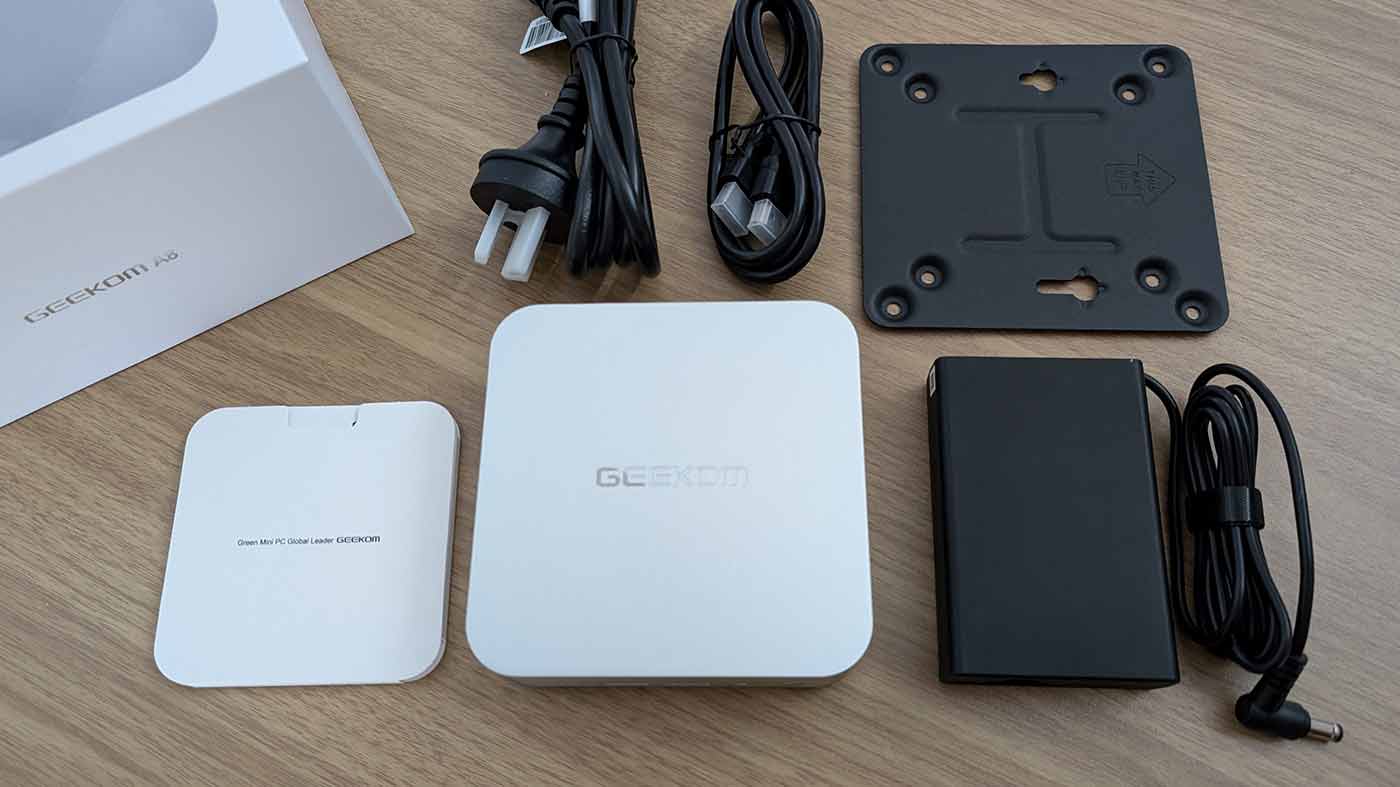
While realistically this tiny PC is aimed at users seeking high-powered productivity and media creation in a discreet form factor, I was really interested to see how useful it’d be as a gaming machine, and that’s where it surprised me the most. As a loose comparison, the A8’s Ryzen 9 8945HS processor has the same Radeon 780M integrated GPU as the Ayaneo 2S gaming handheld, albeit tied to more powerful hardware elsewhere, meaning it should realistically outperform devices like the Steam Deck, ROG Ally and Legion Go. Naturally, those devices are tied to small, handheld screens where resolution can sit a bit lower, but the results are pretty favourable.
Get it on Amazon for $1399
In well-optimised games that have a lot of scaling potential, the A8 can produce some impressive results for a PC without a dedicated GPU, especially with AMD’s FSR temporal upscaling doing some of the lifting. Forza Horizon 5’s race benchmark resulted in a very nice 75FPS running at 1080p with medium settings and FSR 2 enabled, meanwhile PlayStation’s most recent PC port in Ghost of Tsushima managed to comfortably hit 35-40FPS at 1080p with medium settings and FSR 3 in Balanced mode. Death Stranding was very impressive running at a solid 50FPS at 1080p, with medium settings and no FSR, while Cyberpunk 2077 floored me at north of 40FPS while driving around Night City at 1080p, medium settings and FSR 2 on Balanced mode.
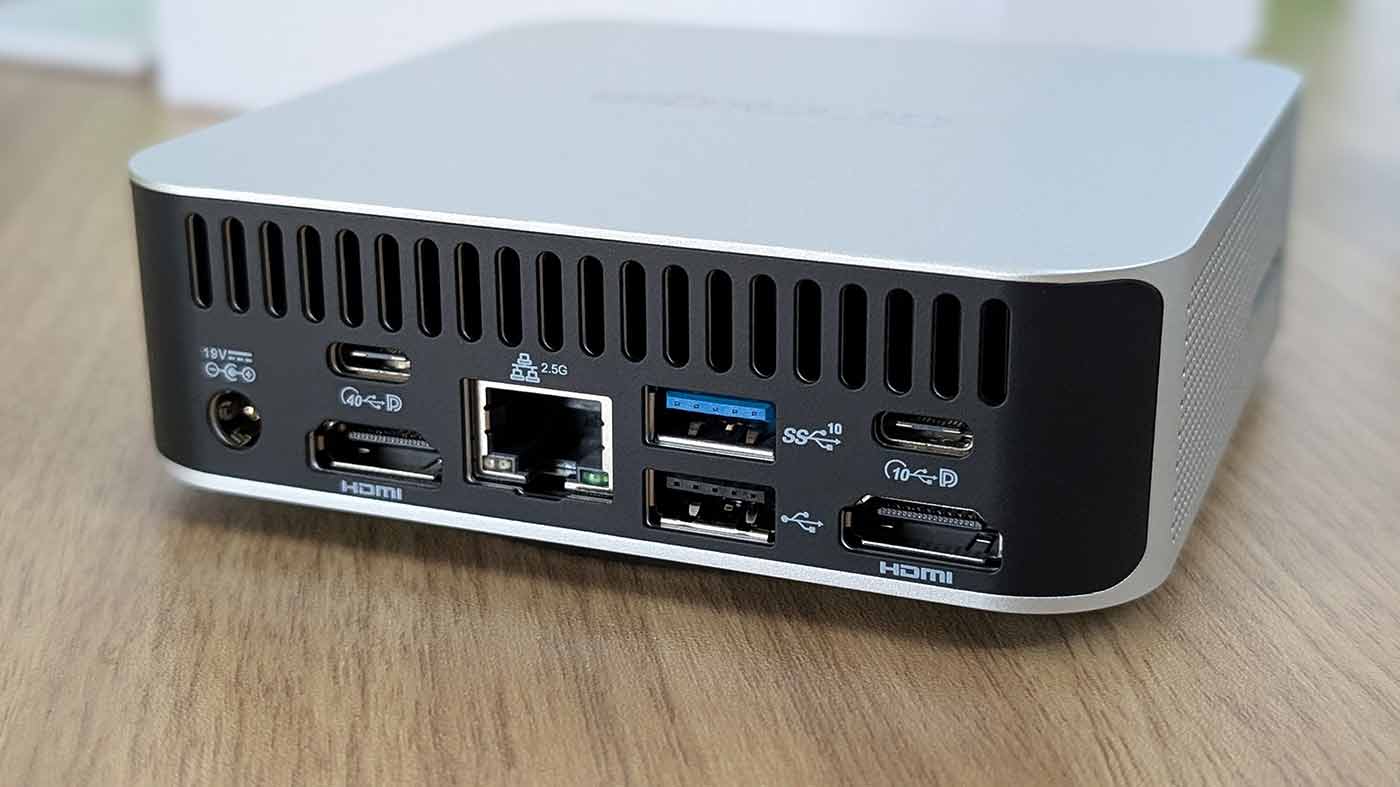
So, as might be obvious between those titles, 1080p really is the target for gaming on the A8 which means this definitely isn’t the system for playing on a huge, high-resolution monitor or 4K telly, at least not for “modern games.” I can definitely envision it being a great little bedroom or games room companion for running a huge range of indie games, legacy PC titles and emulated classics, though. I’m going to avoid outright detailing that last suggestion, but suffice it to say that you could reasonably expect emulators from the most retro all the way up to quite recent platforms to run fantastically on here, if you’re so inclined.
Getting into the nitty-gritty of gaming performance a bit more, 3D Mark’s Steel Nomad benchmark shows that the Geekom A8 performs well above the best results achieved by systems with comparable hardware, which is a fairly loose study but still very encouraging. Importantly, if you are going to use this mini PC for gaming and eventually need more performance, the available USB 4 port means that you’re able to plug in an eGPU and combine the otherwise-stellar CPU performance on hand with a proper dedicated GPU. That’s an expensive upgrade to take into account, but it’s absolutely an option.
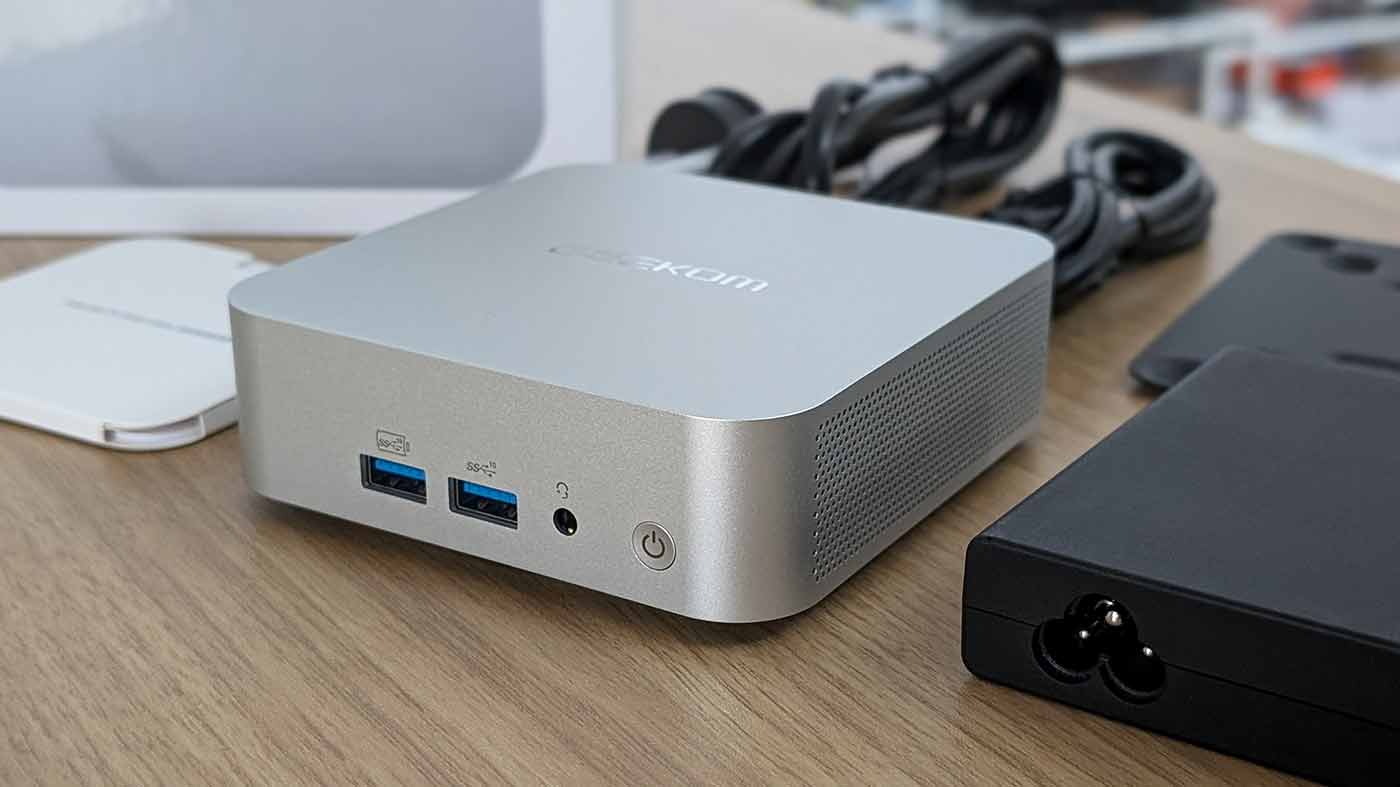
And while most of my focus with the A8 so far has been on its gaming capabilities, given the angle of the website you’re reading this review on, it’s naturally a brilliant machine for everything else from basic work-from-home duties to watching 4K media and content creation using Photoshop, Premiere and plenty of other resource-hungry creative platforms. That Ryzen 9 CPU really does work hard, and with 32GB of DDR5 RAM and a 2TB SSD by default there’s a lot of headroom here.
There’s always going to be some kind of downside to cramming high-spec components into such a tiny shell, and with the A8 it’s mostly about noise. When pushing this thing to its limits it does get noticeably loud. It shouldn’t bother anyone using it to play games with headphones/speakers or as a media centre in a TV cabinet, but in an office and doing heavy image/video editing it might prove bothersome. Geekom doesn’t offer any kind of performance management software either, so you’ll have to do your own tinkering in Windows and AMD’s software if you want to try and impose some limits. The results of cooling are great though – I was expecting it to get at least a little hot under load, but it barely registered a temperature at any point.
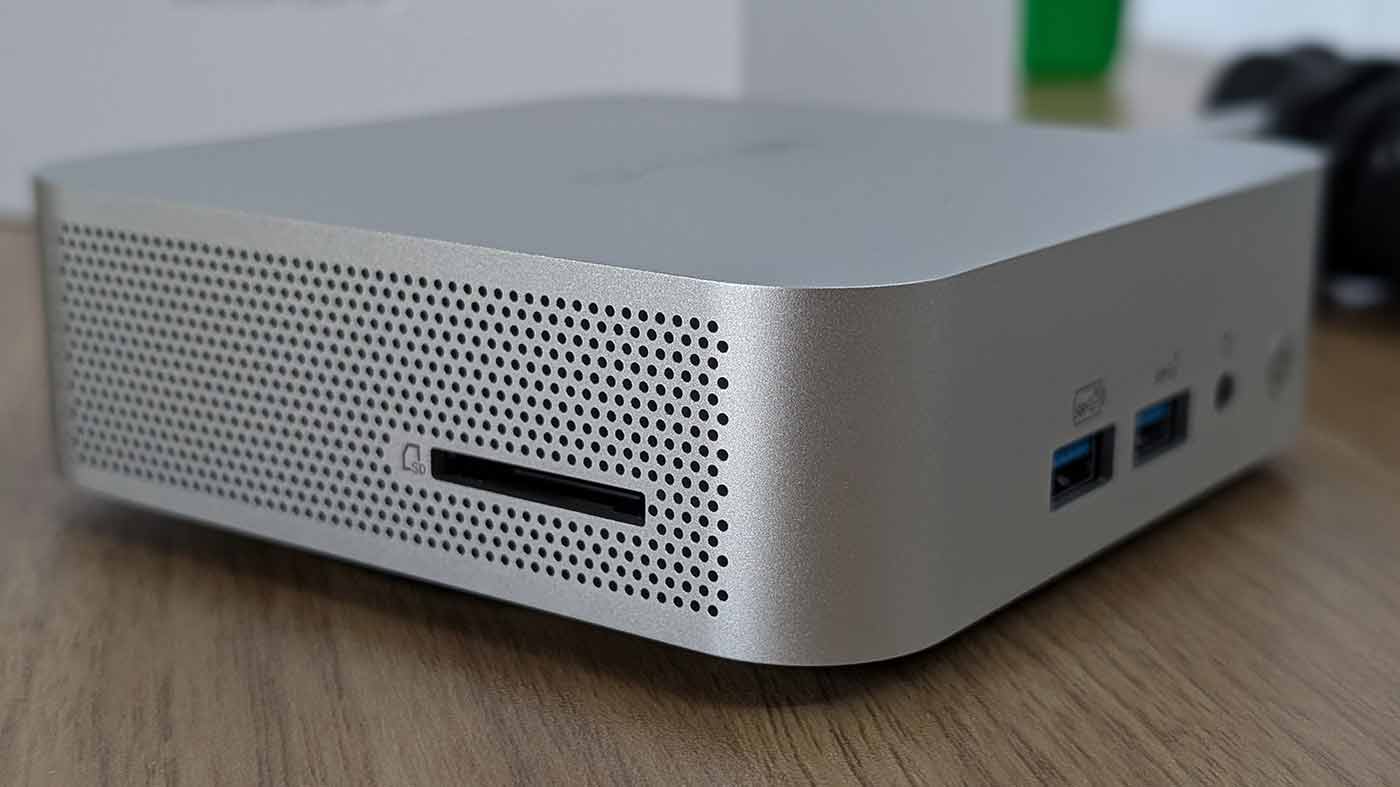
The best use case for the A8 in my eyes, isn’t only as a productivity workhorse but also as a super versatile gaming and media machine that can fit discreetly into your lounge or games room. It’s capable of running native PC games at very modest settings, but more importantly it’s great at emulation and has the networking chops and connectivity to open the door to excellent game streaming options. $1499 might be a tall ask for the privilege (though you can get the Ryzen 7 version quite a bit cheaper) if you’re not also going to use it to power your browsing and other tasks, but the flexibility is a massive boon.
